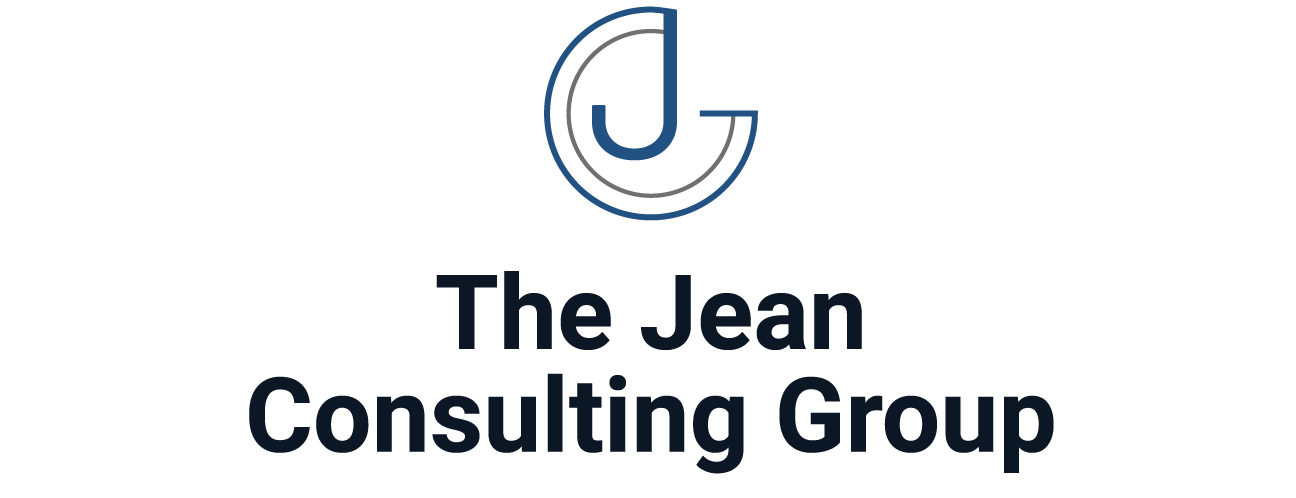In today’s rapidly evolving business environment, staying compliant with labor laws is more critical and challenging than ever. Organizations across the globe are turning to advanced workforce management solutions equipped with labor law and compliance platforms to navigate the complex web of regulations effectively. These innovative solutions offer a strategic approach to ensuring compliance, mitigating risks, and maintaining operational efficiency. This article delves into the importance of integrating labor law and compliance platforms within workforce management solutions, highlighting their benefits, features, and impact on organizational practices.
Understanding the Complexity of Labor Law Compliance
Labor laws vary significantly across jurisdictions and are subject to frequent changes, posing a considerable challenge for businesses operating in multiple regions. Compliance entails adhering to a wide range of regulations, from minimum wage requirements and overtime pay to leave entitlements and workplace safety standards. Non-compliance can result in severe penalties, legal disputes, and damage to an organization’s reputation, making it imperative for businesses to invest in robust compliance strategies.
Key Features of Labor Law and Compliance Platforms
Advanced workforce management solutions incorporate a variety of features designed to address the complexities of labor law compliance:
- Automated Compliance Updates: These platforms are regularly updated to reflect the latest labor law changes, ensuring that businesses remain compliant with current regulations without manual intervention.
- Customizable Compliance Rules: Organizations can configure the system to comply with specific legal requirements relevant to their operation, including industry-specific regulations and collective bargaining agreements.
- Real-Time Monitoring and Alerts: Compliance platforms offer real-time monitoring of compliance-related metrics, such as working hours and rest periods, providing alerts when potential violations are detected.
- Audit Trails and Reporting: Comprehensive reporting capabilities and audit trails enable businesses to demonstrate compliance with labor laws during inspections and audits, simplifying the documentation process.
- Employee Self-Service Portals: These portals allow employees to access their work schedules, time records, and leave balances, promoting transparency and enabling employees to report discrepancies directly.
Benefits of Implementing Labor Law and Compliance Platforms
The integration of labor law and compliance platforms into workforce management solutions provides significant benefits to organizations:
- Reduced Risk of Non-Compliance: Automated updates and real-time monitoring significantly reduce the risk of inadvertent non-compliance, protecting businesses from legal penalties and reputational damage.
- Operational Efficiency: Automating compliance-related tasks streamlines operations, allowing HR and management teams to focus on strategic initiatives rather than manual compliance checks.
- Enhanced Employee Relations: Demonstrating a commitment to compliance improves trust and satisfaction among employees, contributing to a positive workplace culture and reducing turnover rates.
- Informed Decision-Making: Access to detailed compliance reports and analytics supports informed decision-making, enabling organizations to adjust practices in response to changing regulations and internal policies.
Challenges in Adopting Compliance Platforms
While the advantages are clear, adopting labor law and compliance platforms can present challenges, such as integrating these systems with existing HR and payroll software, training staff to use new tools effectively, and customizing the system to meet specific organizational needs. Overcoming these challenges requires a thoughtful implementation strategy, involving careful vendor selection, stakeholder engagement, and ongoing training and support.
Conclusion
As labor laws continue to evolve and the cost of non-compliance remains high, the integration of labor law and compliance platforms within workforce management solutions emerges as a strategic necessity for modern businesses. By leveraging these advanced tools, organizations can ensure compliance across jurisdictions, reduce operational burdens, and foster a culture of transparency and trust. In an era where legal compliance is both a regulatory requirement and a competitive advantage, investing in the right workforce management solution is a decision that can safeguard an organization’s future.




